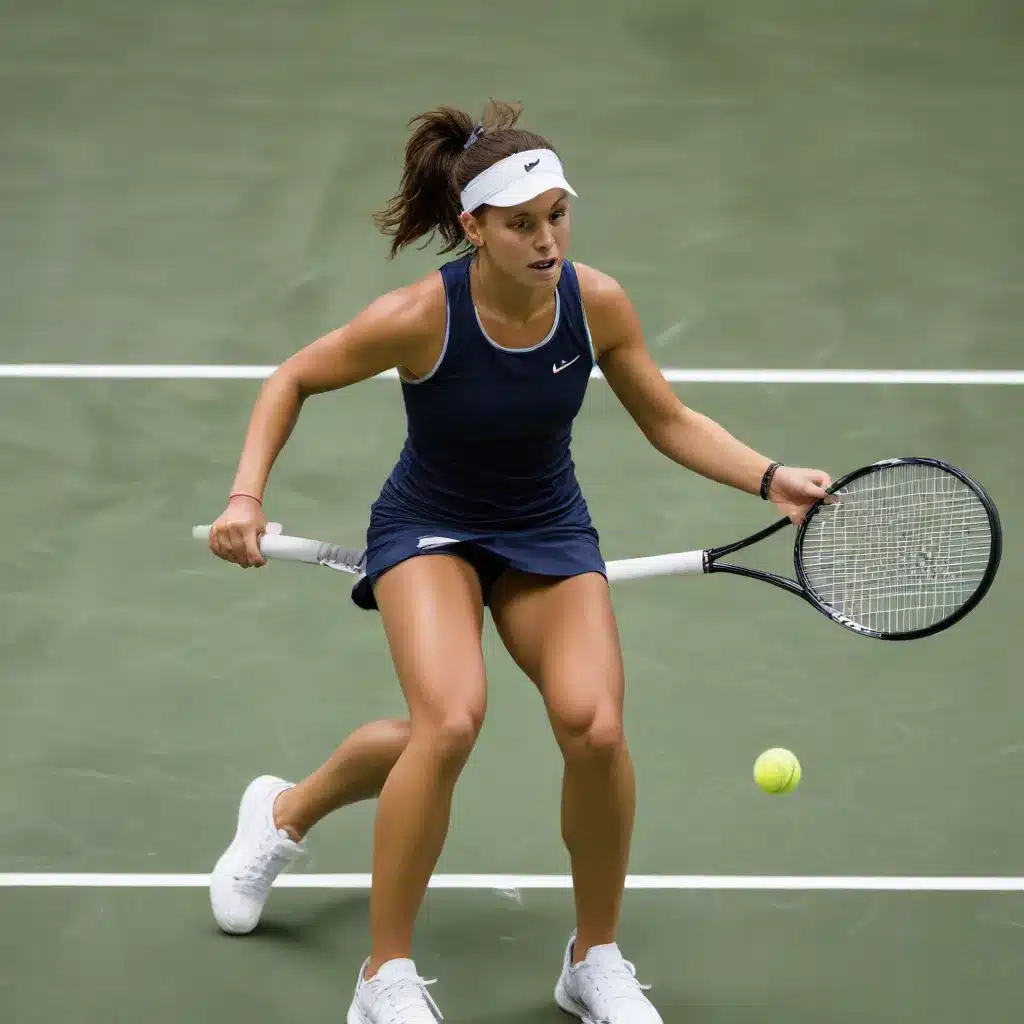
Understanding the Impact of Data Analytics in Tennis
As the sport of tennis continues to evolve, coaches and players in London are increasingly turning to data analytics to gain a competitive edge. By closely examining match data, they can uncover insights that help optimize player training, strategy, and overall performance. In this comprehensive article, we’ll explore the latest advancements in tennis data analysis and how they are being applied in the bustling tennis community of London.
Regulatory Compliance and Best Practices
Before delving into the specifics of data analytics, it’s crucial to understand the regulatory landscape in which London’s tennis community operates. The Department for Culture, Media and Sport oversees the governance of sports in the United Kingdom, including tennis. They have established a comprehensive set of guidelines and regulations that all tennis facilities, coaches, and players must adhere to.
One of the key regulations is the mandatory use of Lawn Tennis Association (LTA) approved equipment for any competitive or sanctioned events. This ensures the safety and fairness of the sport, as well as maintaining the integrity of the game. Coaches and players must also comply with the LTA’s code of conduct, which outlines ethical standards and professionalism within the tennis community.
In terms of best practices, the LTA strongly encourages the use of certified tennis coaches for player development and training programs. These coaches undergo rigorous training and assessment, ensuring they possess the necessary skills and knowledge to guide players effectively. Additionally, the LTA recommends that tennis facilities in London adhere to the LTA’s facility standards, which cover aspects such as court maintenance, lighting, and accessibility.
Leveraging Data Analytics for Player Development
One of the most significant advancements in tennis has been the increased use of data analytics to enhance player performance. By collecting and analyzing various match data points, coaches and players can gain valuable insights that inform their training regimens, game strategies, and overall development.
Tracking and Analyzing Match Data
At the heart of this data-driven approach is the collection and analysis of match data. Tennis facilities in London have started to invest in advanced tracking systems that use multiple cameras to capture detailed information about the movement of players and the ball during a match. This data, combined with scoring records and service information, provides a comprehensive view of a player’s performance.
Coaches can then utilize specialized software to visualize and interpret this data, identifying patterns, strengths, and areas for improvement. For example, they might analyze a player’s shot selection, rally lengths, and positioning on the court to develop more effective training drills and strategic adjustments.
Applying Data-Driven Insights
By incorporating data analytics into their coaching and training programs, London’s tennis community is seeing significant improvements in player development. Coaches can now create personalized training plans that target specific weaknesses or capitalize on a player’s strengths. They can also simulate game scenarios and test different tactical approaches using the available data.
Furthermore, the data-driven insights gained from match analysis have proven invaluable in the scouting and recruitment of promising young players. Coaches can now identify talented individuals with greater accuracy, focusing on those who possess the technical skills, physical attributes, and strategic awareness that align with the demands of modern tennis.
Advancements in Tennis Technology
Alongside the growth of data analytics, the tennis industry in London has also seen a surge of technological advancements that are transforming the way the sport is played and coached.
Smart Sensor Integration
One of the most notable developments is the integration of smart sensors into tennis equipment and apparel. Rackets, balls, and even clothing now come equipped with sensors that can track various performance metrics, such as swing speed, spin rate, and court coverage. These real-time data points provide players and coaches with unprecedented insights, enabling them to fine-tune their technique and develop more efficient training programs.
Video Analysis and Augmented Reality
The use of video analysis has also become increasingly prevalent in London’s tennis community. Coaches can now record and review matches, allowing them to provide detailed feedback to players on their form, positioning, and decision-making. Some facilities have even started experimenting with augmented reality (AR) technologies, which can overlay tactical information or visual cues directly onto the court, helping players visualize and execute their strategies more effectively.
Cost Considerations and Accessibility
While these technological advancements undoubtedly offer significant benefits, it’s important to consider the financial implications for players and coaches in London. The cost of high-end tracking systems, specialized software, and smart sensors can be a barrier for some individuals and smaller tennis clubs. To address this, many organizations are exploring more affordable, consumer-grade solutions that can still provide valuable data and analysis capabilities.
Additionally, the LTA and local authorities in London are working to improve the accessibility of tennis facilities and training programs. This includes initiatives to subsidize equipment and coaching fees, as well as the development of community-based programs that make the sport more inclusive and affordable for players of all ages and skill levels.
Conclusion
The tennis community in London is at the forefront of data-driven player development and technological innovation. By embracing the power of data analytics and cutting-edge tennis technologies, coaches and players are able to optimize their training, strategies, and overall performance.
However, it’s crucial to ensure that these advancements are implemented within the framework of the LTA’s regulations and best practices, prioritizing player safety, fairness, and the integrity of the sport. With a focus on continuous improvement, collaboration, and accessibility, the tennis community in London is poised to elevate the game to new heights and inspire the next generation of tennis champions.
To stay up-to-date with the latest developments in tennis coaching, training programs, and events in London, be sure to visit CliffRichardTennis.org, your comprehensive resource for all things tennis in the city.

